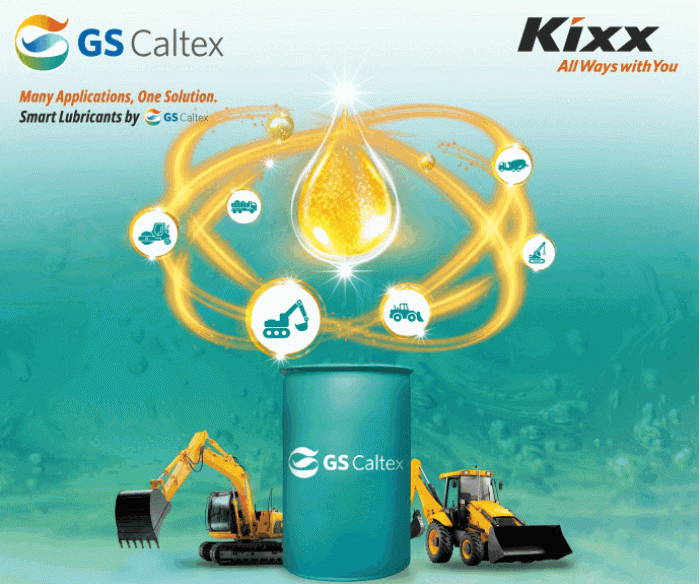Changing office dynamics: It’s impact on the commercial real estate demand in India
The impact of the Covid-19 pandemic that has restructured the way our businesses, economies and government’s function is in for the long haul. Businesses have embraced the new change and are re-considering office spaces to meet the new needs of working lives. They have adapted virtual, hybrid, and co-working models of work in one form or the other. This trend has translated into an uptick in the demand for state-of-the-art technology that improves efficiency, maximizes consumer satisfaction and supports collaboration, conversation and creativity to tap the right audience effectively.
With expansion and revaluation, businesses such as IT giants, corporates, venture capitalists, and financial service providers have increased the demand for the newly built commercial properties with all required necessities to complement the changing dynamics of the office.
Advanced and healthier commercial buildings
Businesses across the globe have started to think about long-term prospects including alternate ways to structure work communication, hours spent in office and the overall physical presence. This has led to different models of hybrid working: combining remote with office work. The commercial real estate sector is witnessing a rapid change in terms of technology-based office spaces to stoke the buying and selling market. Taking the present and future into consideration, new workspaces are being designed with state-of-the-art technology to allow connectivity with other businesses and enhance overall productivity. This includes a larger voice-command-based boardroom, digital flipcharts, storage units, Visitor Management System and Online Community Platforms, etc. Further to have healthier buildings, property developers are giving an emphasis to phygital office spaces that keep a check on safety and sanitization at the work premises. It aims to provide a digital infrastructure that enables businesses to function collaboratively in the new hybrid era. These sole zero-touch office spaces entail a host of new technologies like automated doors, unique QR code for entry, voice-activated elevators, CCTV feed-based parking management, automatic number plate recognition for the cars, face scan detection, heat mapping for the busiest area in the premises etc., that will facilitate employees to feel secured and engaged. To assuage the fear of viruses among the workforce, there is an industry-wide push to refine and better circulate the air in common areas, elevators and lobbies to keep a tab on the prevailing situation.
A cost-effective way
Moving to an activity-based work model, combined with part-time remote work and a co-working space is helping businesses save millions on real estate costs. A recent study has shown that new working models have enabled businesses to reduce their real estate costs that account for 5-20 per cent of the total cost and maximise their profits up to 30 per cent while improving efficiency and workplace effectiveness. This is achieved by lowering the overall costs of property maintenance, decreasing energy and media usages, renting parts of the office to other entities, etc. These unprecedented times that have changed the office dynamics, a sustainable solution for the present and future, is going to define the post-pandemic workforce. It will ensure enhanced creativity, optimal use of resources and result in a more enjoyable work environment for a healthy work-life balance.
Looking ahead
As businesses are reimagining and redesigning workspaces to support: organizational priorities, remote working models, physical distancing, collaborations and cost-saving, commercial real estate developers are attracting new owners and renters, with a growing culture of businesses looking for the smarter offering. For instance, in Mumbai, areas such as Worli, Eastern suburban, Santacruz, Andheri and Bandra Kurla Complex, is beginning to see a revolution in the office working models. With strategies like the 2 + 2 + 1 hybrid working model, 2/5ths workforce rotation, and co-working space, the new office models represent a positive step forward into a better post-pandemic era that is both rewarding and will help to achieve the Sustainable Development Goals.
















Leave a comment